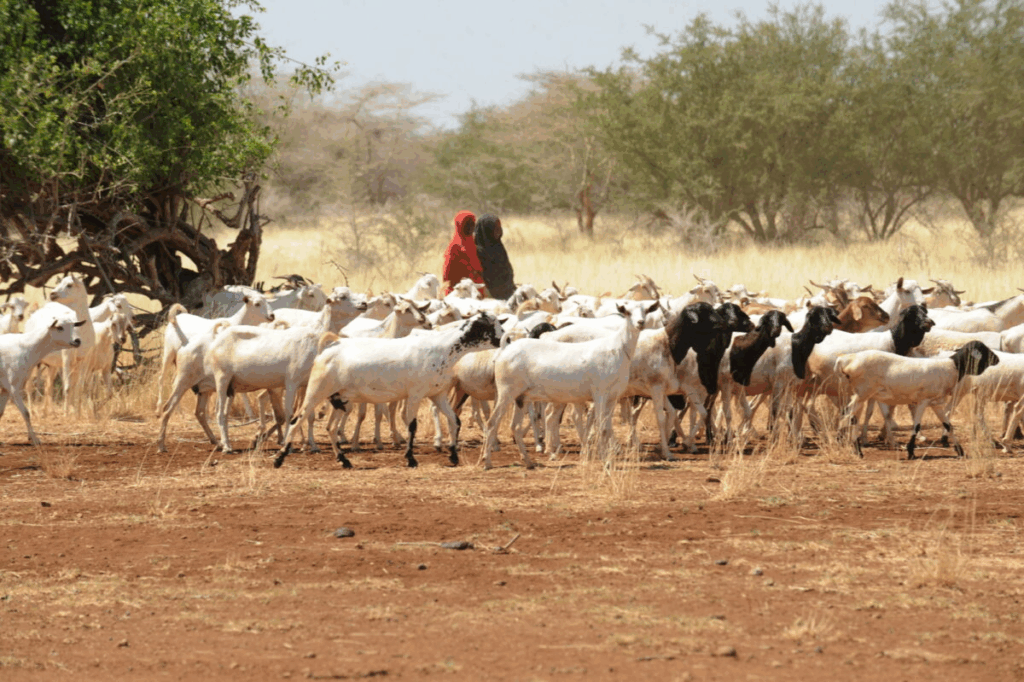In a major immigration policy move, U.S. President Donald Trump has officially signed an executive order banning citizens of over 10 countries from entering the USA due to national security risks.
The new travel ban on 12 countries reflects Trump’s ongoing commitment to tightening U.S. borders and prioritizing domestic safety.
Especially from what his administration calls “high-risk foreign actors.”
USA Travel Ban on 12 Countries Including Somalia
According to the W.H announcement, the executive order imposes a complete entry ban on nationals from the following countries:
- Afghanistan
- Myanmar (Burma)
- Chad
- Democratic Republic of the Congo
- Equatorial Guinea
- Eritrea
- Haiti
- Iran
- Libya
- Somalia
- Sudan
- Yemen
The decision was justified by what officials described as “inadequate vetting and intelligence-sharing systems” in these countries, which could pose significant threats to U.S. national security.
Partial US Travel Ban on 7 Additional Nations
The Trump administration also announced partial travel restrictions for citizens from:
- Burundi
- Cuba
- Laos
- Sierra Leone
- Togo
- Turkmenistan
- Venezuela
These partial restrictions may involve stricter visa scrutiny, background checks, or limitations on specific types of entry (e.g., work or student visas).

W.H: “Protecting America From Foreign Threats”
Abigail Jackson, White House spokesperson, posted on the social platform X (formerly Twitter):
“President Trump is delivering on his promise to protect Americans from foreign threats that aim to harm our country.”
The White House further clarified that full travel ban on 12 countries is due to lack proper security protocols and reliable identity verification systems.
Background: Trump’s Original Travel Ban Resurfaces
This new order echoes Trump’s earlier travel ban enacted during his first term.
Though the policy faced legal challenges, it was ultimately upheld by the U.S. Supreme Court in 2018.
In 2021, former President Joe Biden reversed Trump’s previous ban, calling it “a stain on the nation’s conscience.”
However, on January 20, 2025, Trump reinstated and expanded the policy through a new executive directive that intensifies security screenings for all foreign nationals attempting to enter the United States.
Immigration Crackdown Marks Trump’s Second-Term Strategy
The renewed focus on immigration restrictions is a key pillar of Trump’s second-term agenda.
His campaign previously pledged to limit entry from conflict zones such as:
- Gaza
- Libya
- Somalia
- Syria
- Yemen
The travel ban on 12 countries reflects a broader effort to curb immigration from unstable or under-vetted regions, aligning with Trump’s push for a “security-first” immigration policy.


